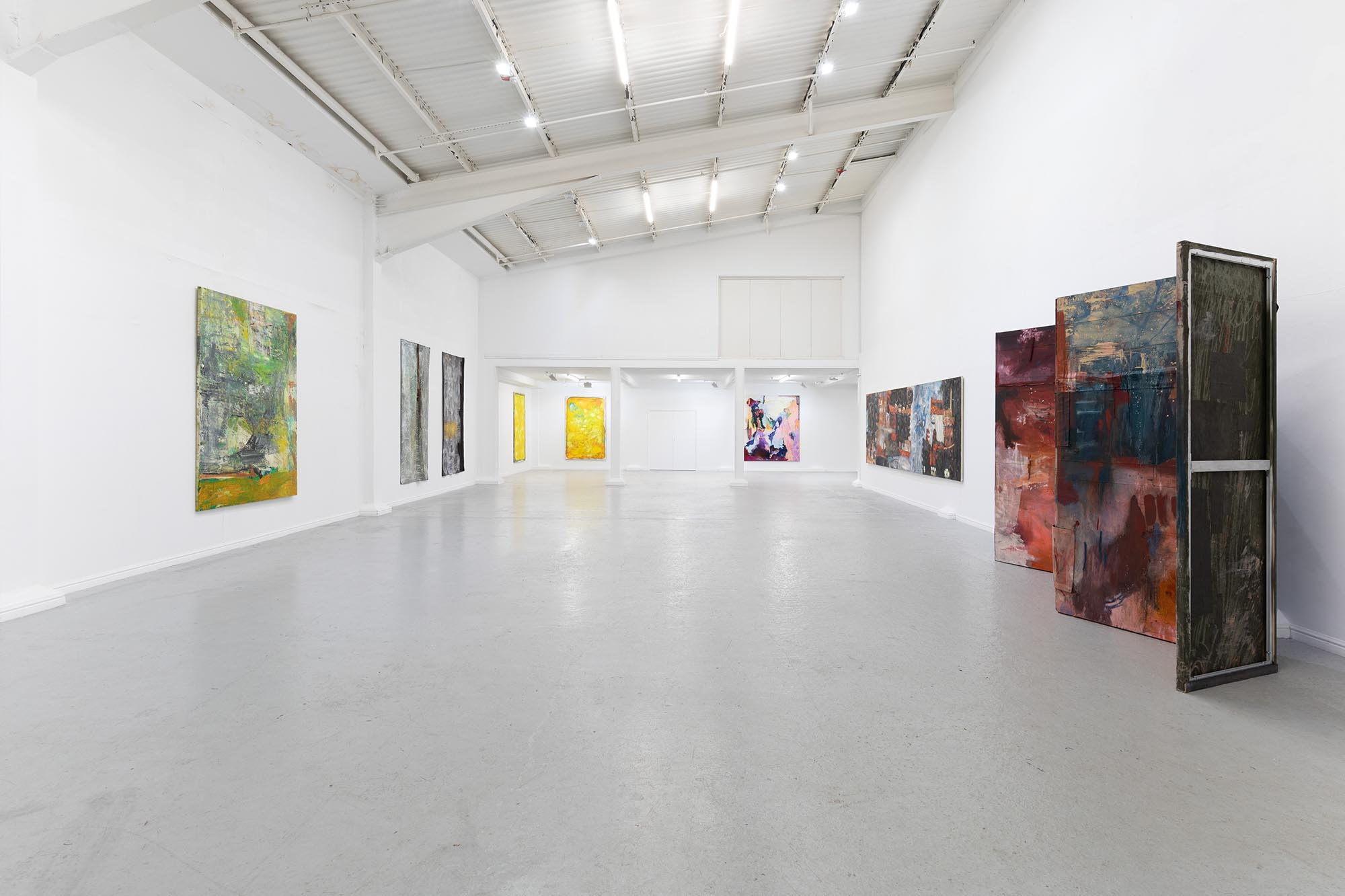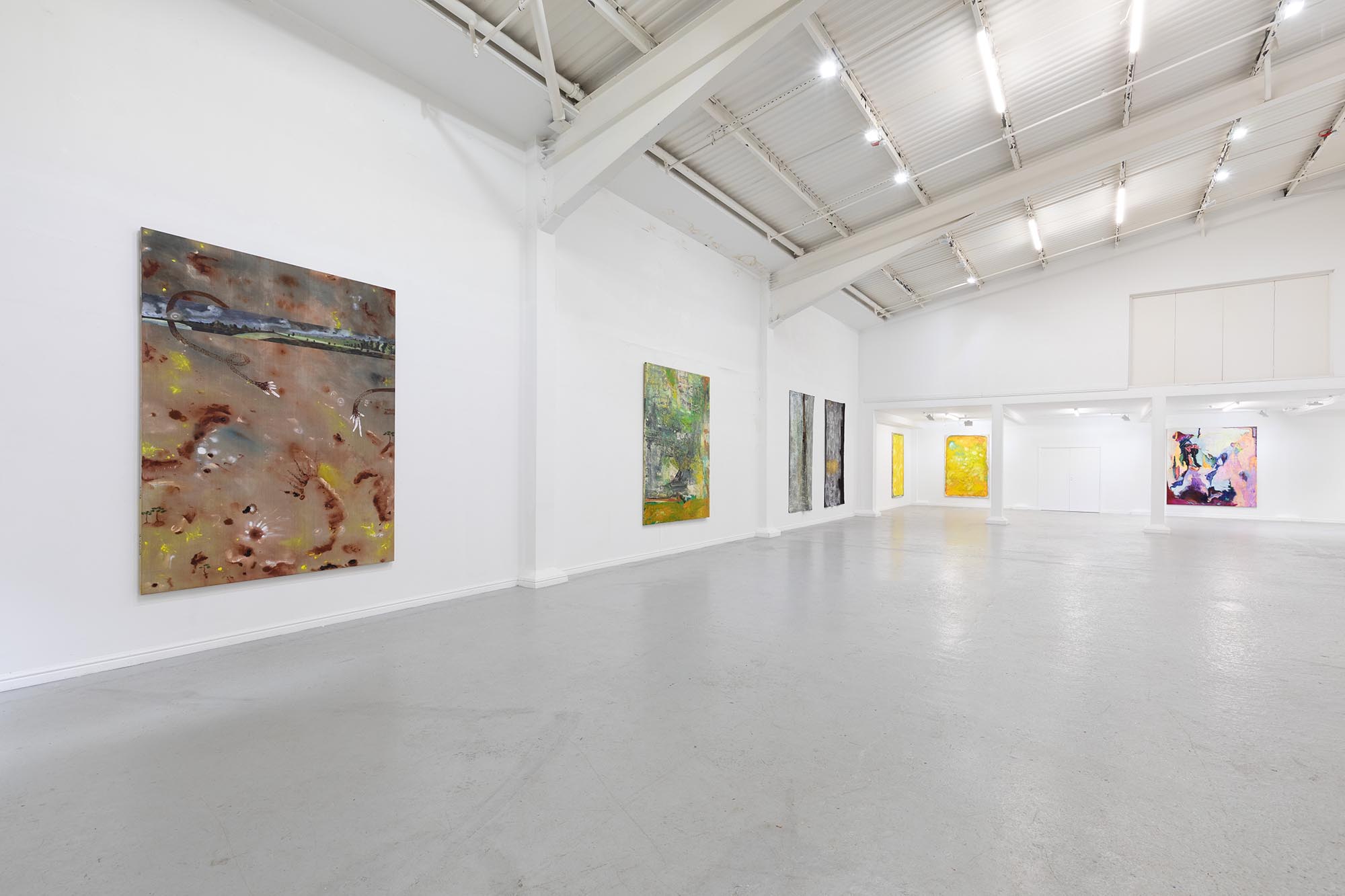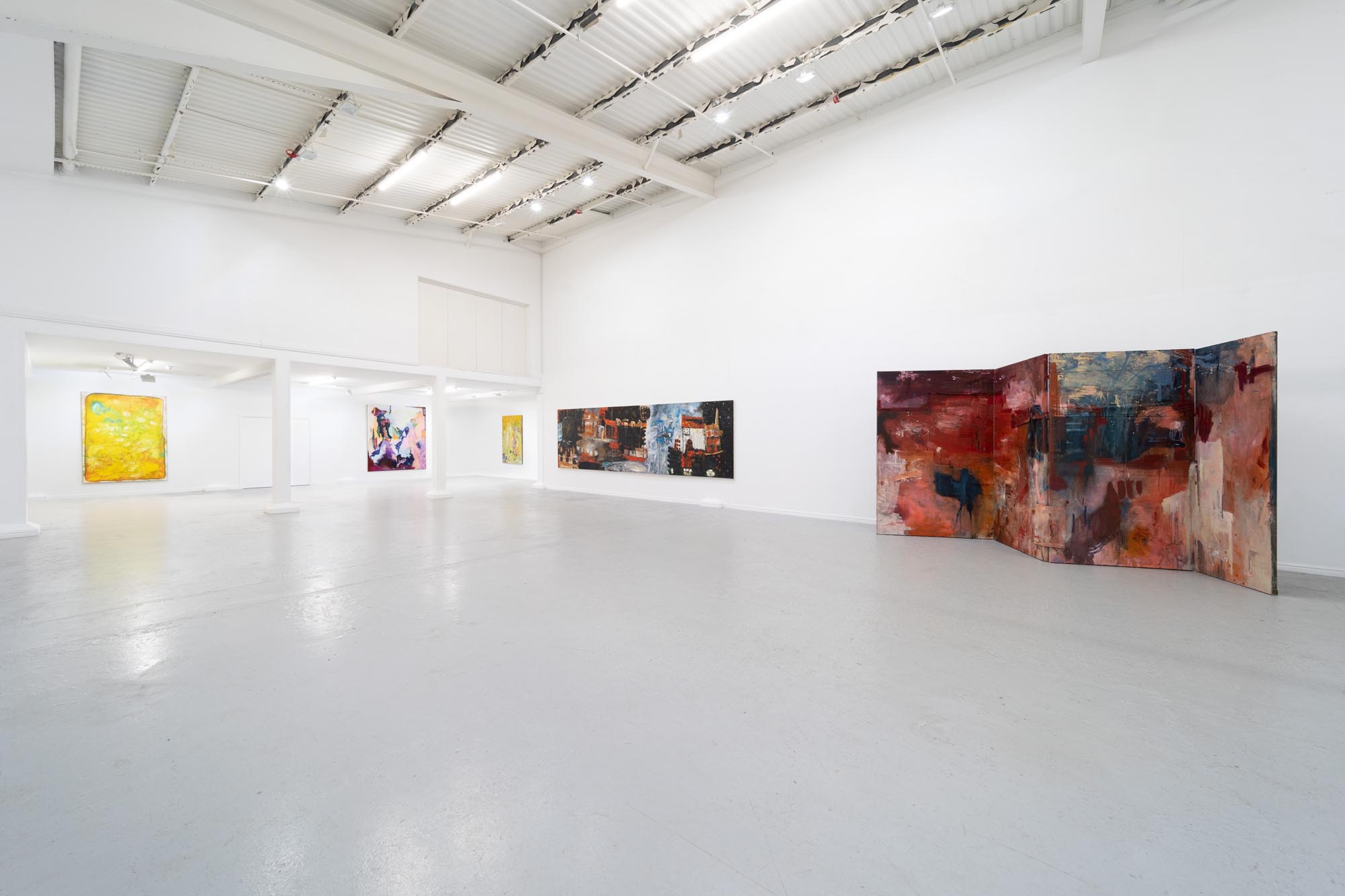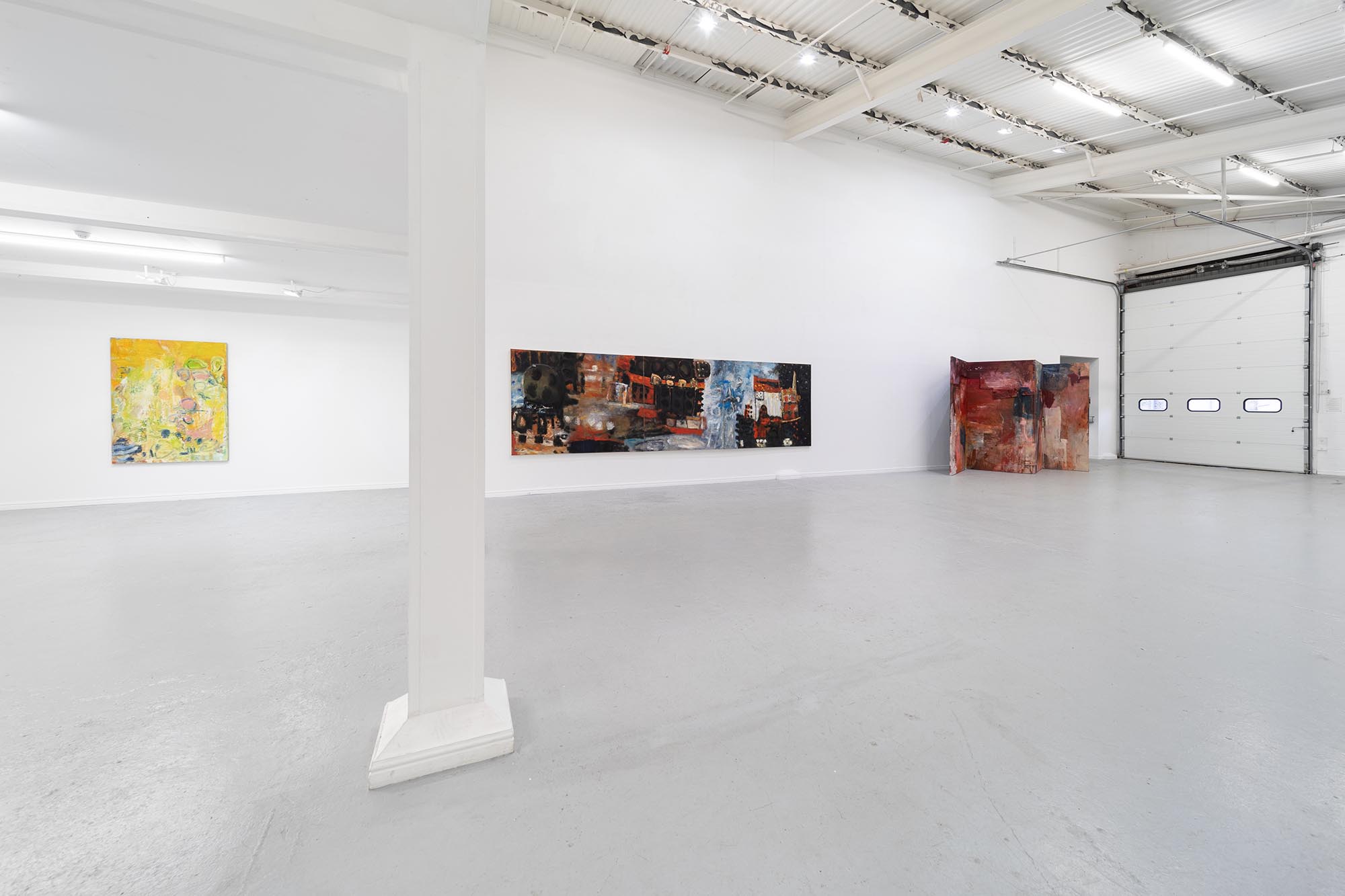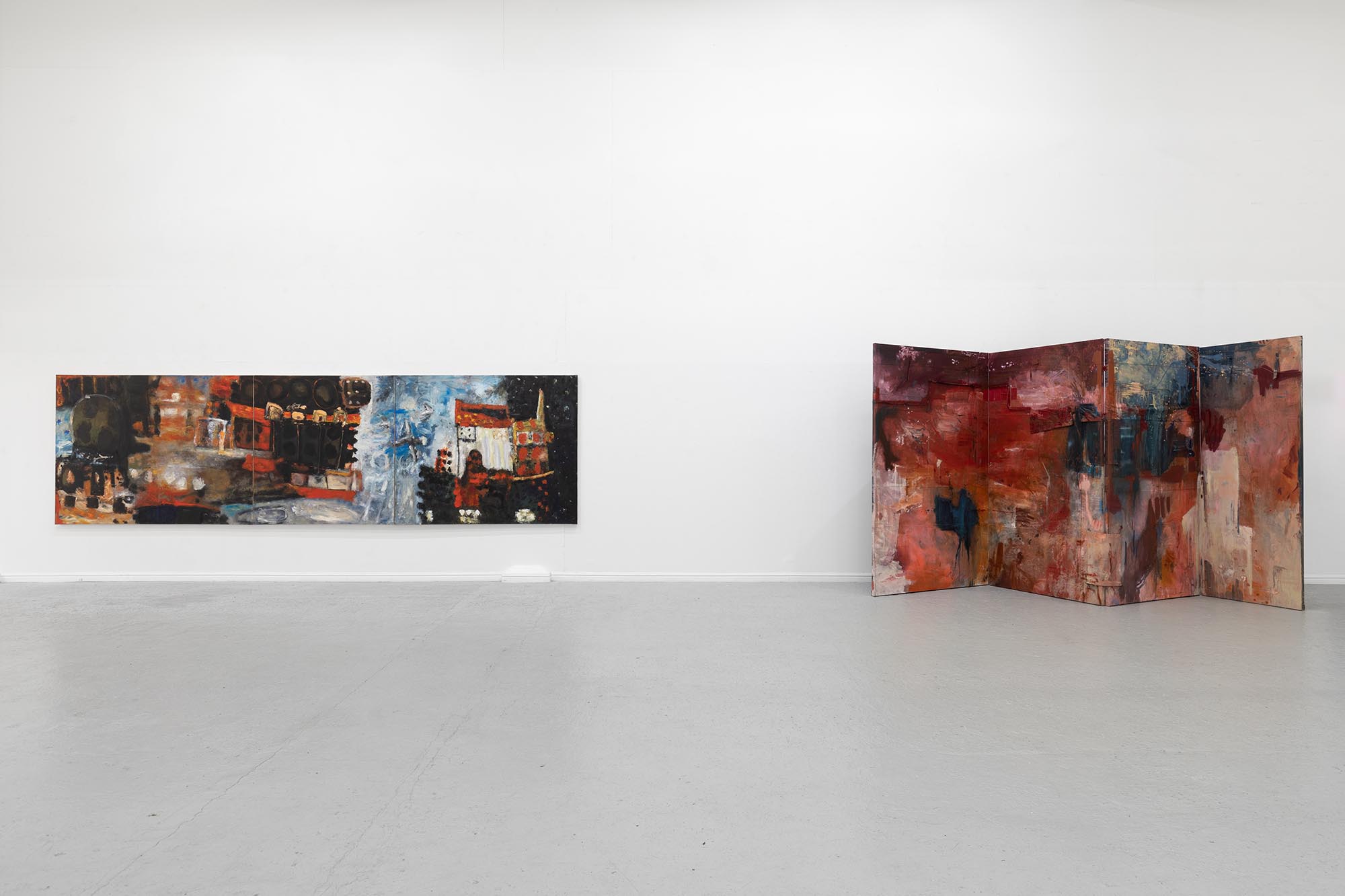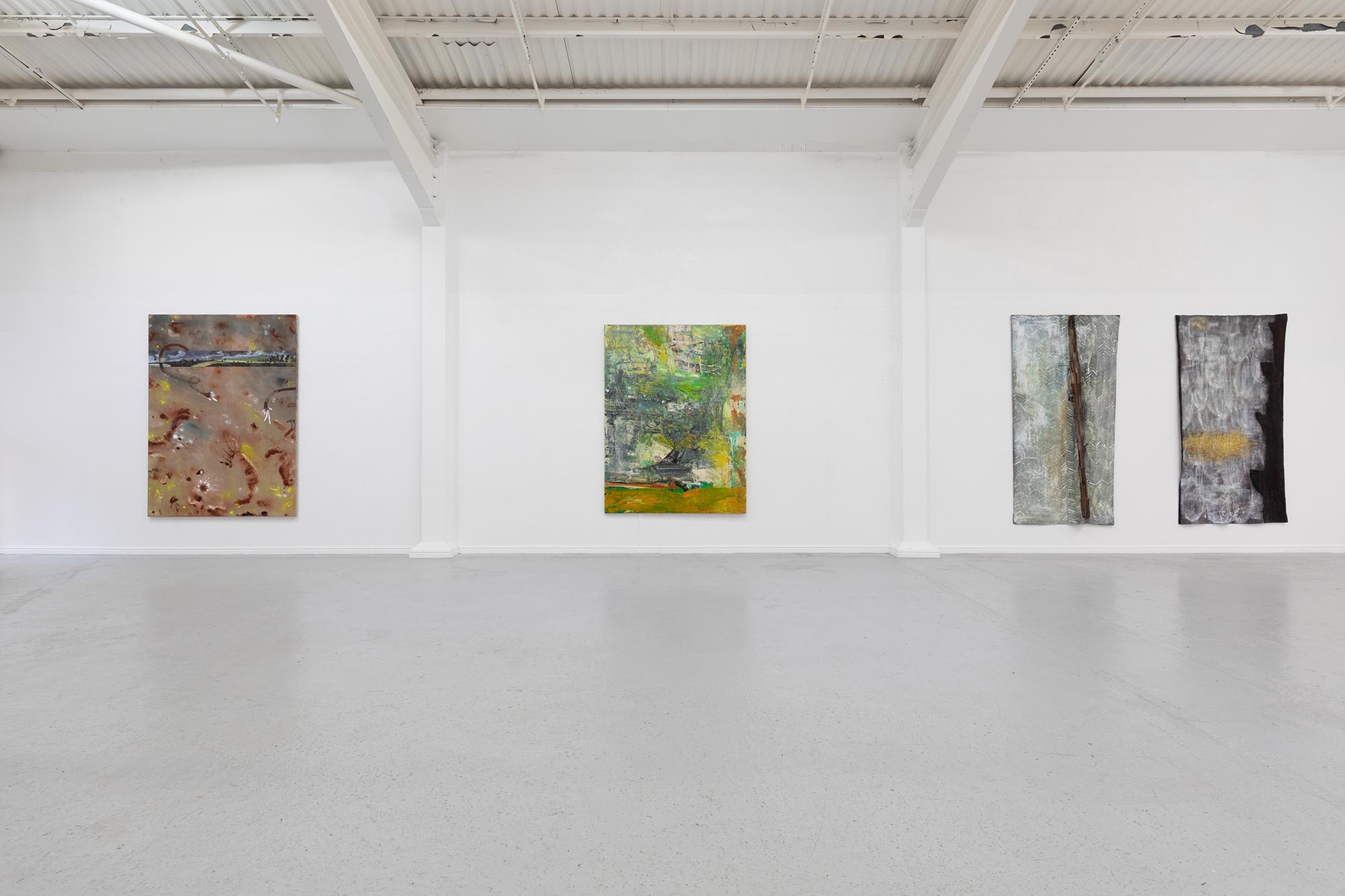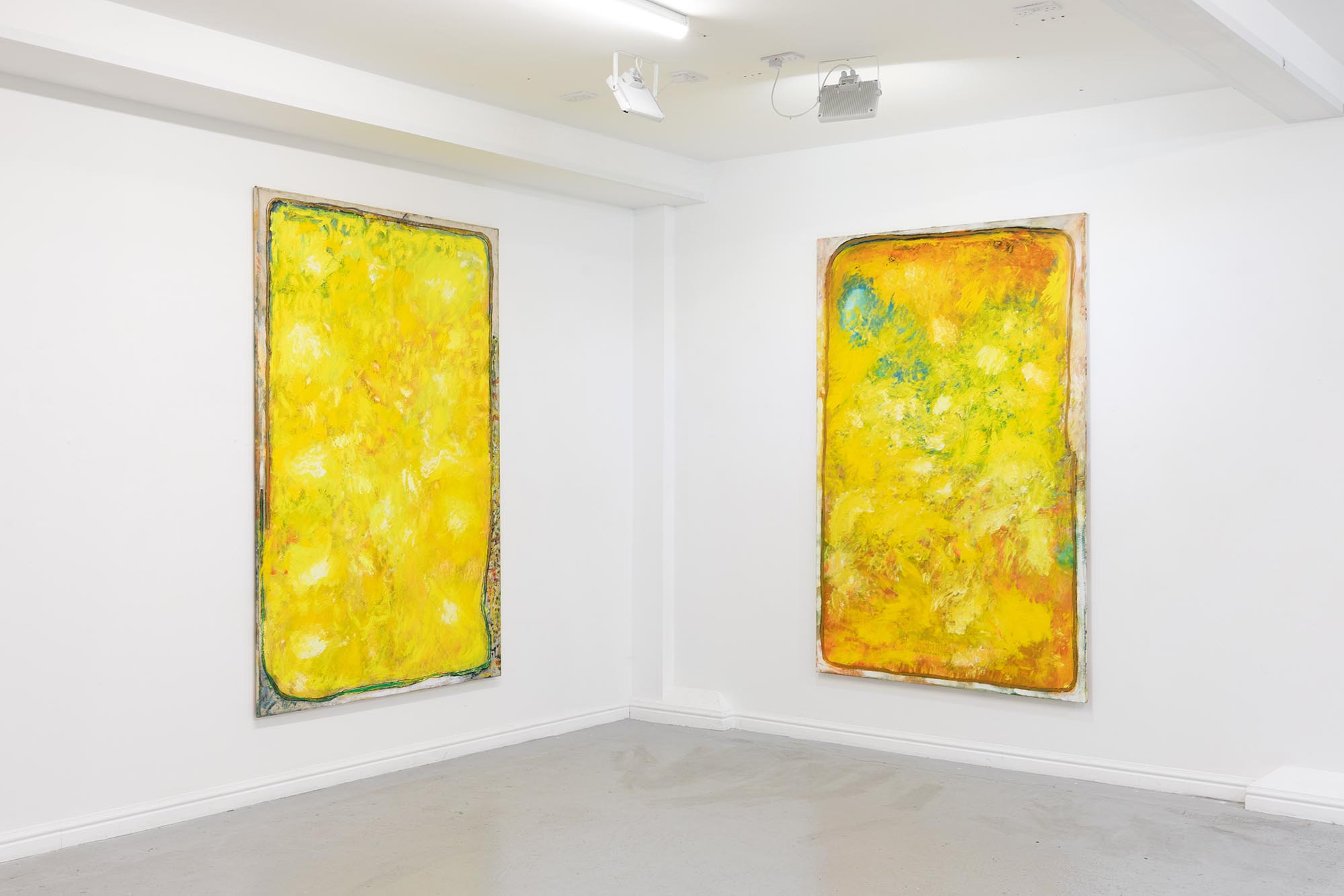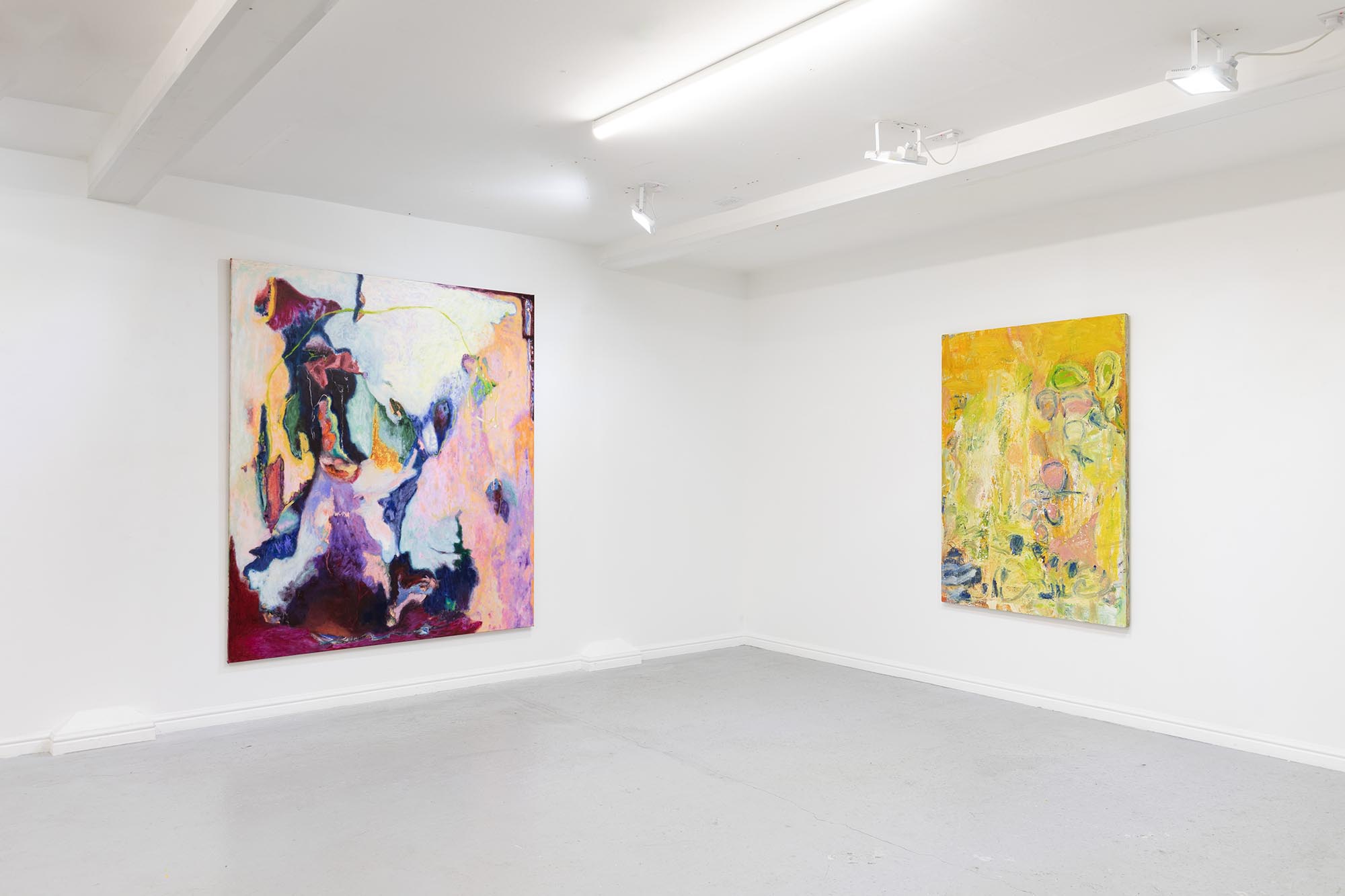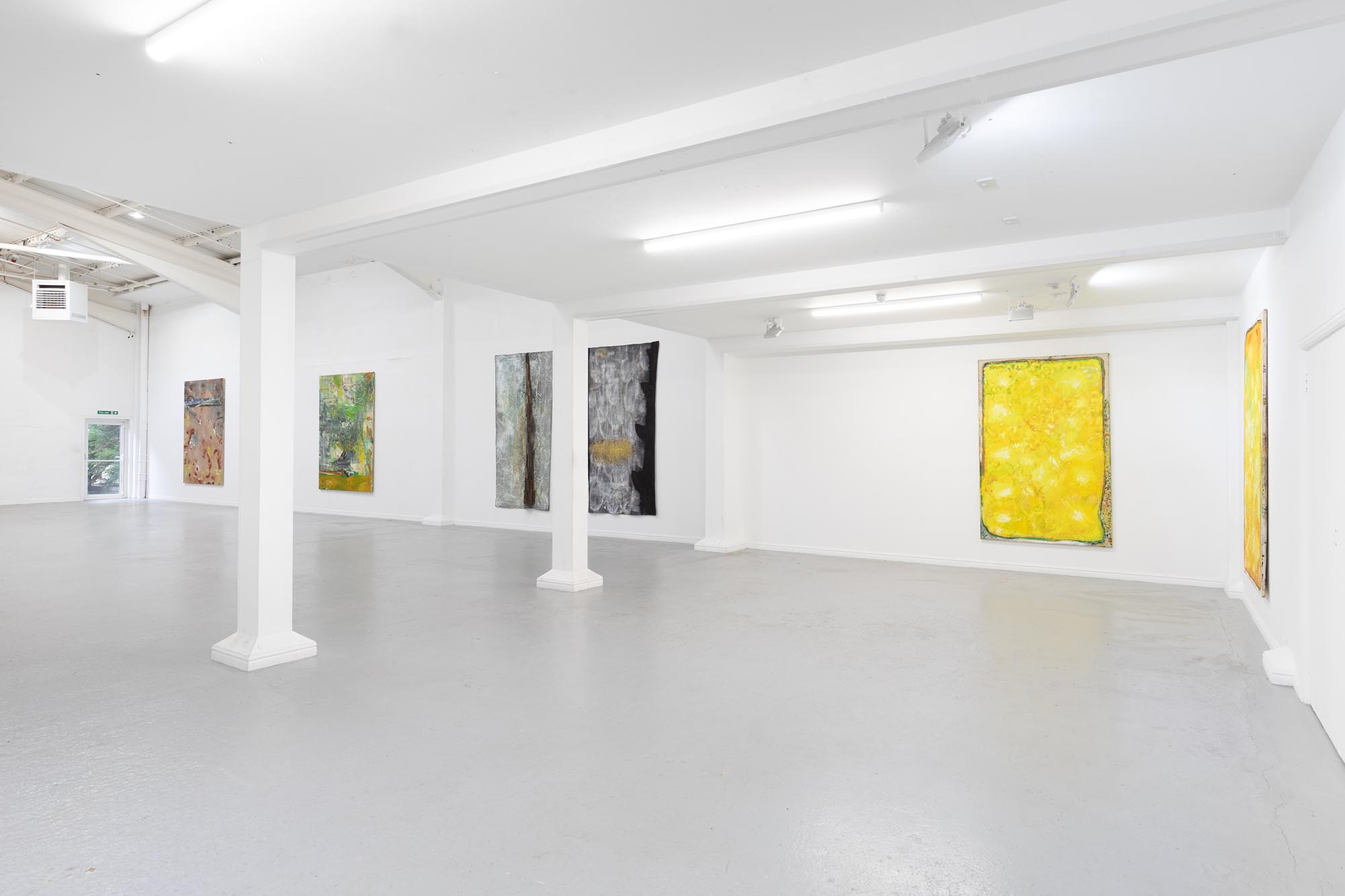LUSH
Henny Acloque Jo Dennis Sarah Dwyer Dido Hallett Paul Moriarty Myra Stimson Max Wade
This exhibition explores and celebrates a small group of seven contemporary artists, living and working across London, who are passionate about paint, colour, surface and touch to make exceedingly rich and luscious painterly paintings. In these new and recent works we will encounter highly gestural movement alongside quiet areas of stillness allowing us to consider the richness and sensual experience of the materiality of painting. The artists on show all work intuitively through the process of painting and through exploring their own aesthetic they find their own way, their own vision. In their painting, they have removed, scrubbed off, layered and painted over many other paintings that perhaps could of stood just as well as their finished pieces here; except the work would never have taken risks and moved to a higher level of understanding. In each of these works there is a continual exploration of paint, form and colour to meet and imbued their subject with greater depth and ultimately; greater meaning. Henny Acloque’s practice incorporates painting and drawing. Her works transmit a distinct energy and spontaneity, resulting in an ever-evolving body of work. There is a collision of worlds and aesthetics at play here which is indicative of her diverse references: from the microcosms of Hieronymus Bosch, to the mystical traditions of Spain and her fascination with miniature paintings of the Renaissance. Her works eludes single classification, creating a multiplicity of figures that overlap and coalesce in favour of a non-hierarchical exploration of material and form. Ultimately, Acloque questions our conceptions of our surrounding reality – what we’re seeing and where its meaning lies, unveiling the hidden magic of space not seen by the naked eye. www.hennyacloque.com Jo Dennis is a British artist based in London. Her practice spans two decades working across painting, sculpture, photography, and installation. Dennis explores our emotional connection to place and memory, specifically in relation to ruination, surface, and decay, and how these themes link with notions of mortality. jo-dennis.com Inspired by poetry and folklore, Sarah Dwyer’s practice explores image and form through the iterative nature of storytelling. The artist frequently combines drawing with painting, printmaking and sculpture, employing exuberant colour palettes and lively mark-making to depict both figurative and abstract imagery. Dwyer’s dynamic compositions process her own surroundings and the everyday experience—while also indulging our desire for play. www.sarahdwyer.com Dido Hallett paints in a tough and robust style - an aesthetic that presents as muscular or strong. She creates a mood that is both beautiful and ugly, awkward but elegant. It is this tension that is Dido’s interest. Hallett’s work dances between lyrical abstraction and suggestions of figuration and leans into symbolism. ‘I can see Guston in my work, also Redon and Chagall’. Her work comes out of a deep connection to the unconscious. ‘When the painting is working best it's when I look and don’t understand it. Then I think it's doing something interesting and I do my best to leave it alone’. @didohallett10 Paul Moriarty uses images from memory to make paintings. He works intuitively as he paints, first layering thin washes then working up to impasto. To use a favourite expression of his by Juan Gris: it only has to look like paint on a canvas. The physical substance of paint and the physical presence of each painting is an important factor in Moriarty’s work, this is his keystone in turning an image from memory to corporality. Moriarty asks his paintings to stand their ground, hold the wall and affirm their physical reality, thus giving to each painting a life and presence of its own. @paulmoriartylondon Myra Stimson’s practice crosses five decades of making art. Her most recent work combines painting and stitching, integrating opposing techniques into a single language. Paint to stain and mark the cloth; dripping, pouring and overlapping washes and marks to create space. Then working slowly, stitch by stitch, Stimson builds her images of the natural world, which become metaphors of what it is to be human. Stimson’s work captures deep elusive snatches of her thoughts that occur as she stitches. This process, the image and the thoughts come together in the finished piece. @myrastimson Max Wade creates paintings that are built through negative space around formal elements taken from his day-to-day life and travels. His works are autobiographical, beginning from his sketchbooks. The drawings start as mundane observations, often focusing on “spaces in between” rather than on an object itself. While the original marks are garnered directly from drawings of his everyday environment, through his painting process Wade reduces these sketches to their critical forms and their negative space. Wade scales them up, simplifies the motifs, rotates, and distorts them, allowing the works to depict a layered, imagined landscape where plains interchange and motifs are obscured. maxwade.co.uk Follow @lushartshow Thames-Side Studios Gallery Thames-Side Studios Harrington Way, Warspite Road Royal Borough of Greenwich London SE18 5NR Disabled access. Free, limited parking is available on site. How to get here: Bicycle: Thames River cycle path (16 mins cycle from Greenwich). Bus: 161 / 177 / 180 / 472 to Warspite Road bus stop. DLR: Woolwich Arsenal (1 minute walk to Plumstead Road and take Route Bus 177 towards Peckham Bus Station or 472 towards North Greenwich Station). Road: A2 corridor, first roundabout east of Thames Barrier onto Warspite Road. Train: From Cannon Street or London Bridge to Woolwich Dockyard (8 minute walk) or Charlton (12 minute walk). Tube: North Greenwich (Take the Route Bus 472 towards Thamesmead Town Centre). Crossrail: Elizabeth Line to Woolwich (take Route Bus 177 towards Peckham Bus Station or 472 towards North Greenwich Station).
